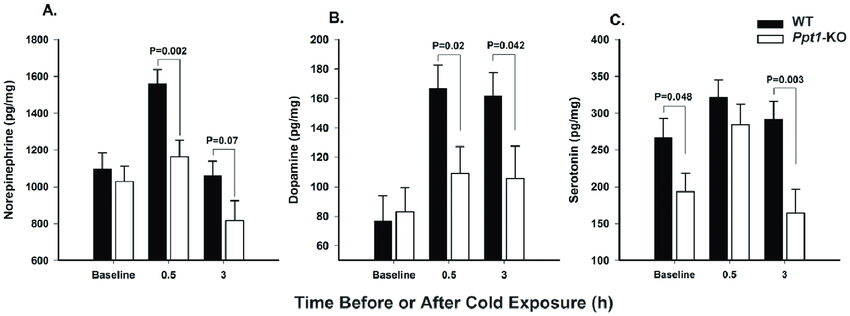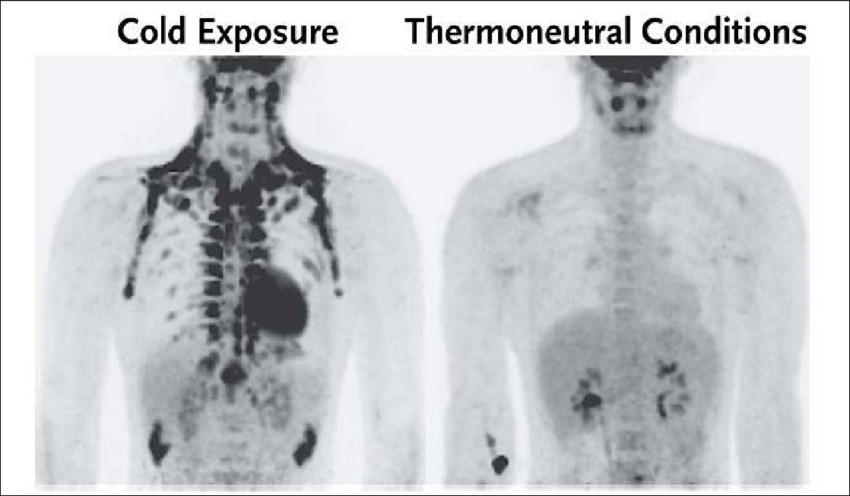By Mads Tömörkènyi
Published January 22, 2023
Cold exposure has become increasingly popular over the past ten years. More and more people are going through minutes of deliberate suffering in icy water. But why?
The reason is simple: because everyone is able to feel firsthand how it instantly causes a drastic change in mood and mental clarity.
But the fact is that this only equates to a small portion of the potential benefits of going into the cold.
Cold exposure isn’t a new phenomena. Long before science was even a thing, our ancestors have practiced this as a health-enhancing ritual dating at least a few thousand years back to the ancient Tibetan monks.
Cold exposure essentially acts as a resilience-enhancing component the same way caloric restriction, i.e. fasting, can do. Maybe this idea contributes to the fact that people from the Northern Hemisphere in average are taller than people from the Southern Hemisphere1. That tougher conditions would result in better resilience, and thereby stronger and more developed bodies.
— But let’s take a look at the definition of the term cold exposure.
Cold exposure is defined as the exposure to temperatures lower than 14°C. Water, snow or air – that plays no significant role. The closer to 14°C, the longer an exposure duration is needed as opposed to a shorter exposure duration needed at 5°C. Some studies have shown benefits from an hour’s exposure in approximately 15°C, where others have found benefits down to 20 seconds of exposure to approximately 4°C.
But the good news are that the more you practice cold exposure, the more you get used to the cold temperatures and the longer you can endure.
1. Improved Alertness and Focus
The moment you step into the cold, there is a significant release of adrenaline and noradrenaline (epinephrine and norepinephrine) in your brain and body. This instantly makes you feel focussed and alert, and also lasts some time after the exposure has ended.
What also happens is, that as the skin of your body gets exposed to cold temperatures, it signals to your core body temperature to rise in order to compensate for the cold external environment. And an increase in core body temperature is in fact the mechanism that wakes us up from sleep, and therefore a process responsible for wakefulness. So the activities we partake in that increase our core temperature are also those that make us feel refreshed (just like physical training).

The 24-hour cycle of core body temperature2
Advice: due to the influence of these neurochemicals on our brain and body, my recommendation will be to isolate the practice to the beginning of the day, or just before a complex task, physical training, or any type of situation where you need to peak perform mentally or physically. You don’t want to feel alert and focused just before you go to bed.
2. Increased Dopamine by 250%
When exposed to the cold, it results in a prolonged increase in the molecule dopamine with up to 250%(!). Dopamine is the “reward molecule” that makes us feel satisfied. But in contrast to short-burst dopamine secretion from eating, shopping, or even masturbation, the dopamine secretion from a cold shower not only increases significantly, but stays elevated for several hours. This may be the most profound reason why so many people enjoy the cold, as it directly influences our mood, focus, attention, etc.
This is yet another reason why cold exposure provides the greatest benefits when practiced in the earlier parts of the day.

3. Metabolism and Fat Burn
If we habitually take a swim in the cold ocean, take a cold shower, or roll naked in the snow for that sake, our total number of brown fat tissues increases. This can turn calories from food into heat and thereby increase the levels of the protein hormone adiponectin, which is linked to the process of (white) fat burning.
It occurs through a process where the exposure of the cold leads to muscle shivering. This results in the release of a molecule called succinate, which travels by the blood stream to the brown fat that then increases the overall metabolism of your body. The consequence is fat loss of our white fat.4
This process is also connected to the increase in an anti-inflammatory response, which helps fight inflammation. When you are young you have plenty of brown fat, but as you age it declines. But it can be brought back. This is because brown fat is thermogenic and activates when getting cold.

4. Mental Resilience
Your body will per automation be pulled into a sympathetic state a soon as it experiences the cold shock – a sudden fight/flight situation the brain will do everything to escape from. As a response, you begin to hyperventilate followed by muscle shivering.
— But the truth is, that if we are able to block this automated physical response, then mental resilience can be built.
What mechanically happens is a reaction in the autonomous nervous system that wants us in a stress mode. But by actively resisting the hyperventilation by (1) breathing through the nose only, (2) breathing slowly, and (3) breathing silently, you are gradually transitioning into the parasympathetic nervous system. Although the cold still feels just as cold, you are able you relax in the situation. Hereby, you are also able to resist the muscle shiver response.
And if you’re able to drastically shift your nervous system response in such as situation, then you are able to do it in any given stressful situation as well.
Relevant ressources:
[1] World Data. Average Body Height. Available: https://www.worlddata.info/average-bodyheight.php
[2] Tömörkènyi, M. 2022. Human Mechanics. P. 276.
[3] Khaibullina, et. al. 2012. In a Model of Batten Disease, Palmitoyl Protein Thioesterase-1 Deficiency Is Associated with Brown Adipose Tissue and Thermoregulation Abnormalities. PloS one. 7. e48733. 10.1371/journal.pone.0048733.
[4] Hui S., Rabinowitz J., Jul. 18 2018. An unexpected trigger for calorie burning in brown fat. Nature. Available: https://www.nature.com/articles/d41586-018-05619-7
[5] Bains, Vini. (2017). Feasibility of a pilot study to assess the safety and antipyretic efficacy of acetaminophen in critically ill patients. 10.14288/1.0340622.







